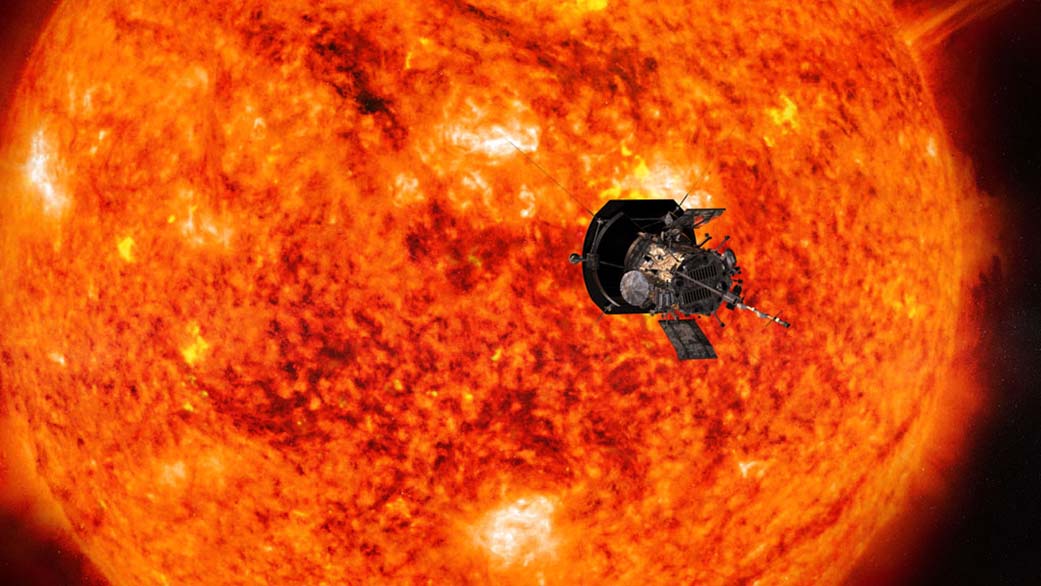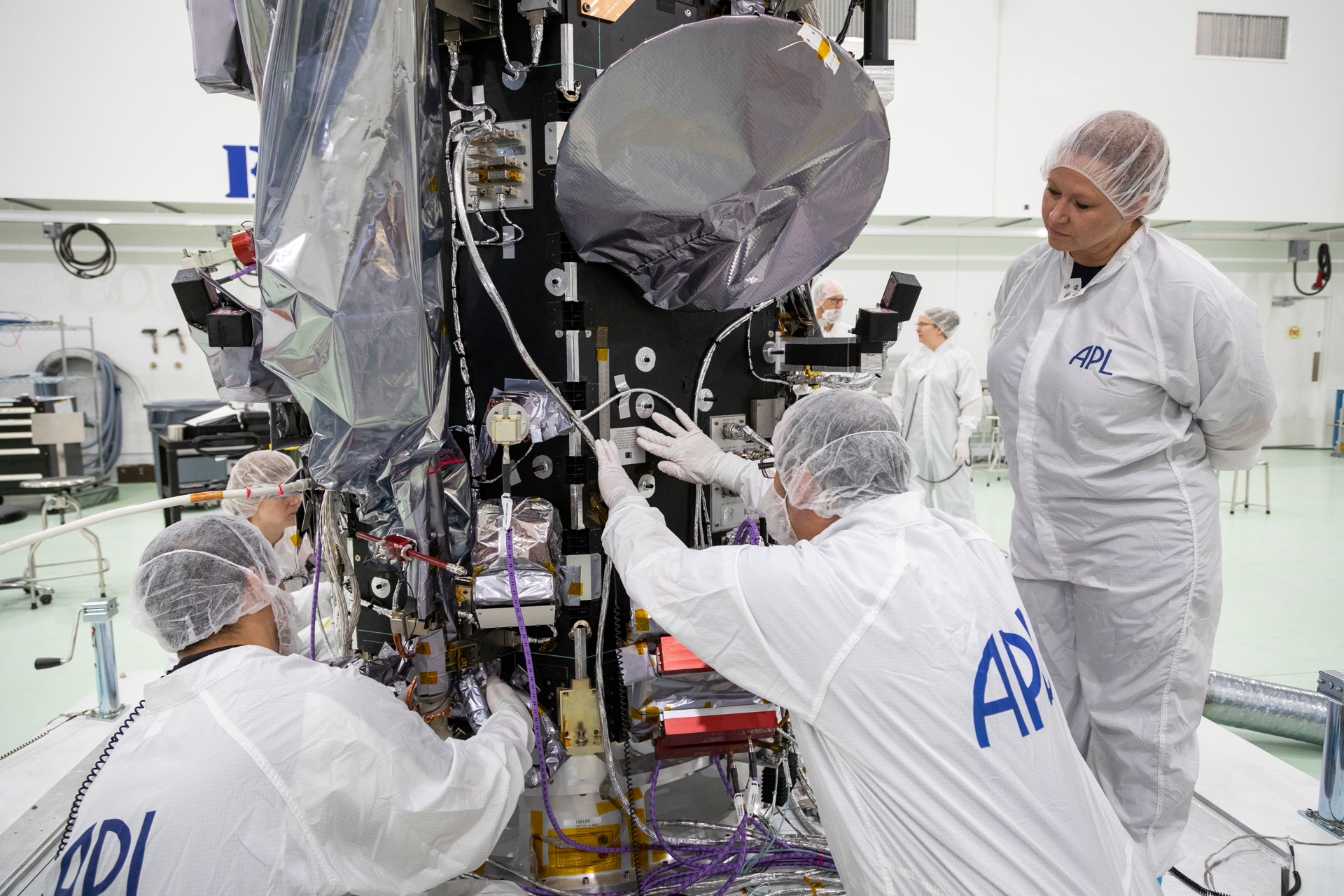William Shatner's Name Will Boldly Go to the Sun on NASA Probe (with 1.1 Million Others)

More than 1.1 million people decided to join William Shatner on an extreme space-exploration enterprise.
In March, the "Star Trek" actor urged people to follow his lead and put their names on a memory card that will fly aboard NASA's Parker Solar Probe mission. That mission, which is scheduled to launch July 31 from NASA's Kennedy Space Center in Florida, will get closer to the sun than any spacecraft ever has.
A total of 1,137,202 names made it onto the card, which was installed aboard the probe on Friday (May 18), NASA officials announced today (May 21). [NASA's Parker Solar Probe Mission in Pictures]
"Parker Solar Probe is going to revolutionize our understanding of the sun, the only star we can study up close," mission project scientist Nicola Fox, of the Johns Hopkins Applied Physics Lab in Laurel, Maryland, said in a statement.
"It's fitting that as the mission undertakes one of the most extreme journeys of exploration ever tackled by a human-made object, the spacecraft will also carry along the names of so many people who are cheering it on its way," Fox added.
The $1.5 billion Parker Solar Probe mission aims to help solve two long-standing mysteries: how the solar wind (the stream of charged particles emanating from the sun) is accelerated and why the sun's outer atmosphere, known as the corona, is so much hotter than the star's surface. (The solar surface is a toasty 10,000 degrees Fahrenheit, or 5,500 degrees Celsius, but temperatures in the corona can reach a mind-boggling 10 million degrees F, or 5.6 million degrees C.)
If all goes according to plan, the spacecraft will fly by the sun 24 times over the course of seven years, getting within 3.9 million miles (6.2 million kilometers) of the solar surface on the mission's closest approaches — seven times nearer than any other probe has managed to get, NASA officials have said.
Breaking space news, the latest updates on rocket launches, skywatching events and more!
These close encounters will subject the Parker Solar Probe to pretty extreme conditions, so the spacecraft is outfitted with a 4.5-inch-thick (11.4 centimeters) carbon-composite shield for protection. This shield should keep scientific instruments at or around room temperature, mission team members have said.
Those instruments will gather a variety of data about the solar wind and the sun's structure, as well as our star's magnetic and electric fields.
The Parker Solar Probe mission was originally called Solar Probe Plus. NASA renamed it in 2017 in honor of astrophysicist Eugene Parker, who predicted the existence of the solar wind back in 1958. Parker Solar Probe is the first NASA mission ever to be named after someone who's still alive. (Parker, 90, is a professor emeritus at the University of Chicago.)
The memory card with the 1.1 million names also contains photos of Parker, along with his 1958 solar-wind paper, NASA officials said.
NASA also invited the public to send their names to Mars aboard the agency's InSight lander, which launched earlier this month on a mission to study the Red Planet's interior structure and composition. About 2.4 million people answered that call — including Shatner, who also helped publicize the outreach effort.
The launch window for Parker Solar Probe runs from July 31 through August 19.
Follow Mike Wall on Twitter @michaeldwall and Google+. Follow us @Spacedotcom, Facebook or Google+. Originally published on Space.com.

Michael Wall is a Senior Space Writer with Space.com and joined the team in 2010. He primarily covers exoplanets, spaceflight and military space, but has been known to dabble in the space art beat. His book about the search for alien life, "Out There," was published on Nov. 13, 2018. Before becoming a science writer, Michael worked as a herpetologist and wildlife biologist. He has a Ph.D. in evolutionary biology from the University of Sydney, Australia, a bachelor's degree from the University of Arizona, and a graduate certificate in science writing from the University of California, Santa Cruz. To find out what his latest project is, you can follow Michael on Twitter.

